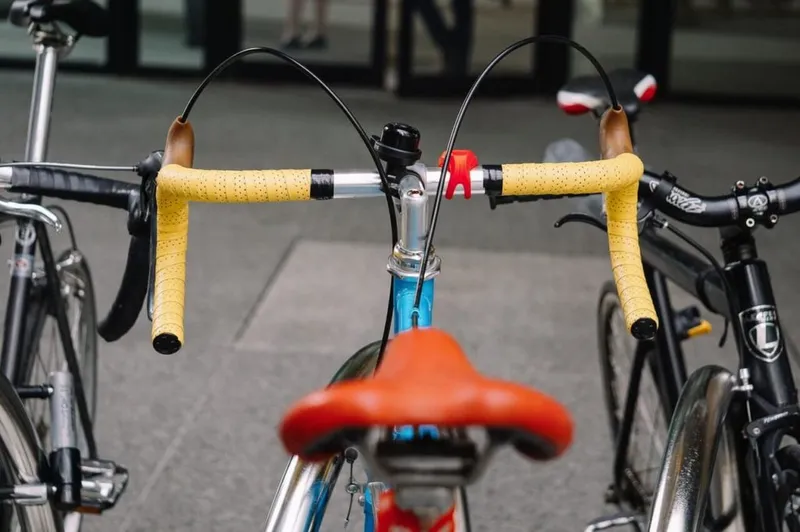
Bicycles are a primary means of transportation for many people—especially those living in big cities like San Francisco.
However, every time you get on a bike, you accept some risks.
While most people think these risks relate to accidents between bicyclists and vehicles, another risk factor is the bicycle itself.
Defective bicycles or bicycle parts also cause serious accidents resulting in severe injuries.
You might have a product liability claim if you suffered injuries due to bicycle defects such as weld failure or brake failure.
Speak to an attorney to learn more about product liability claims and what you need to prove to win compensation.
What Makes a Bicycle Defective?
A bicycle manufactured with defective cycling products can cause serious injuries if the defects occur while the bicycle is being used.
Defectively designed or manufactured products may include the following:
- Bicycle chains,
- Brakes,
- Frames,
- Tires,
- Pedals,
- Gears and gear shifts,
- Seats, and
- Crank arms.
If you’ve suffered a bicycle accident because the bicycle or some of its parts were defective, you might be able to bring a product liability claim.
A skilled attorney who understands the complexities of product liability law can help you understand your legal options and recover the compensation you deserve.
What Is Product Liability?
California product liability law provides that someone who designs, manufactures, or sells a defective product is strictly liable for any injuries caused by that product.
Strict liability means an injured victim does not have to prove the defendant was negligent to collect compensation.
Courts may impose strict liability in three types of product defects.
Design Defect
In situations where the parts of a bicycle fail, you might have a design defect claim.
There are two tests California courts can use to establish that a design is defective:
- The consumer expectation test looks at whether the product performed as safely as an ordinary customer would have expected it to perform.
- The risk/benefit test asks if the risks created by a product’s design outweigh its benefits. If the risk does not outweigh the benefits, then the manufacturer may be liable for injuries caused by that product.
What constitutes the design of a product can range from design specifications to the components and materials used to make it.
For example, if you prove a brake defect that caused your injury is also found in other units of those same brakes, you might have a right to seek compensation for your damages caused by the faulty or inadequate design of those brakes.
Manufacturing Defect
A manufacturing defect occurs during the manufacturing process and exists when the product leaves the possession of the manufacturer and retailer.
In other words, the completed bicycle that caused your injury did not match the design specifications.
When this defect is the substantial factor that caused your harm, you may be entitled to compensation.
Failure to Warn Consumers
Failure to warn claims occur when bicycle manufacturers provide consumers with inadequate instructions or warnings or completely fail to provide them.
Most products come with warning labels or instruction booklets to warn users of any foreseeable risk of harm.
A failure to warn or inadequate instructions may result in consumers misusing a product or being unaware of any potential dangers.
How Do I Win a Bike Injury Product Liability Case?
Each product liability claim requires the injured victim to establish four essential elements.
Necessary elements to prevail on a bicycle product liability claim include:
- The defendant designed, manufactured, or sold a defective product;
- The product contained the defect when it left the defendant’s possession;
- The injured party used the product in a reasonably foreseeable manner; and
- The injured party suffered damages as a result of the defect.
One of the most common reasons an injured party does not win their product liability case is because they were using the product in a way it was not intended to be used.
When it comes to bicycle product liability, this situation may arise if a rider does not use their bicycle properly.
For example, perhaps the manufacturer provides information about the weight limit for a single-rider bicycle.
However, a person uses that bicycle to transport themself and a friend.
As a result, while two riders are on the bike, the tire frame crumples, causing the riders to fall and suffer injuries.
A manufacturer may argue the bicycle was designed only to hold the weight of one person and there was no guarantee of safety for two riders.
Your product liability lawyer works to anticipate potential defenses by a manufacturer, seller, or designer to help avoid your damages being reduced or your claim being dismissed.
Contact Us
If you suffered serious injuries due to a defective bicycle, you need an experienced products liability attorney on your side.
The Law Office of Chuck Geerhart has more than 30 years of experience helping people who have been injured get the compensation they deserve.
The Law Office of Chuck Geerhart has recovered millions of dollars for clients when they need it most.
Contact us today to schedule a free consultation.

